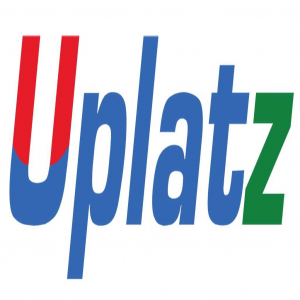Job Meter = High
Workshop: SAS Data Integration Studio
30 Hours
Online Instructor-led Training
GBP 2000

About this Course
This workshop is delivered . To begin with the focus is on registering data and organising the metadata environment. The workshop then moves on to cover the most important DI Studio transformations; and then the development of jobs using those transformations, in some cases in conjunction with user-written SAS code. Efficiency, maintenance, impact analysis, change management and job scheduling are also covered.
------------------------------------------------------
Target Audience
This workshop is designed for Computer Users familiar with the SAS® System and who wish to learn how to build and maintain jobs using SAS Data Integration Studio.
------------------------------------------------------
------------------------------------------------------
Target Audience
This workshop is designed for Computer Users familiar with the SAS® System and who wish to learn how to build and maintain jobs using SAS Data Integration Studio.
------------------------------------------------------
Workshop: SAS Data Integration Studio
Course Details & Curriculum
DI 1 Introduction to Data Integration Studio
- Overview
- Metadata
- Metadata in SAS Management Console
- Metadata-based software development in DI Studio
- The DI Studio Interface
- Metadata folder structure
- A quick look at a job
DI 2 Registering Data
- Introduction
- Registering a library
- Registering existing tables
- Registering target tables
- Naming conventions for tables
- Table metadata and the physical table
- Registering external files
DI 3 DI Studio Transformations
- Transformations available
- Extract
- SQL Join
- Table Loader
- Sort
- Append
- Splitter
- List Data
- Lookup
- Data Validation
DI 4 DI Studio Jobs
- Job generalities
- Naming conventions
- Job Editor options
- Details Panel
- Running jobs
DI 5 Further Transformations
- The SCD Type 1 Loader
- The Loop and Loop End transforms, and looping jobs
- The SCD Type 2 Loader
- The Conditional Start and Conditional End transforms, and conditional jobs
DI 6 Including User Code
- Ways of including user code in a job
- User-Written Code Node
- Precode and Postcode
- Custom Transforms
DI 7 Change Management
- Why use Change Management?
- Creating a Project Repository
- Using a Project Repository
- Change Management Hints and Tips
DI 8 Program Development and Maintenance
- Making jobs easy to promote between environments
- Making jobs easy to modify and maintain
- Modifying a job to use different tables
- Modifying a job in other ways
- Running parts of a job
- The Code Editor
- Tables or Views?
- Macros and formats
- Impact Analysis and Reverse Impact Analysis
DI 9 Deployment and Scheduling
- Deployment and Scheduling Basics
- Deploying jobs
- Re-deploying jobs
- Building job flows
- Scheduling flows








